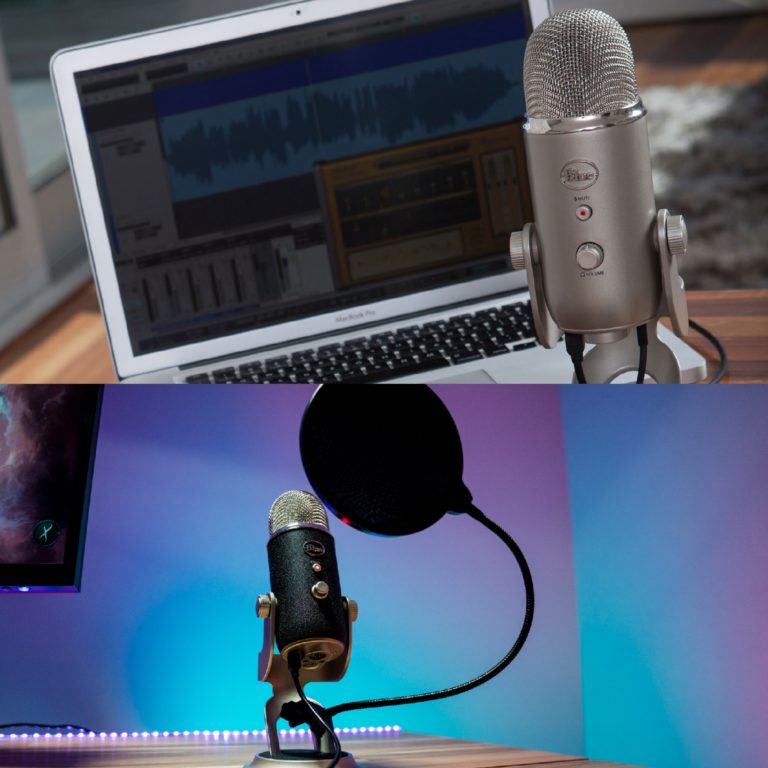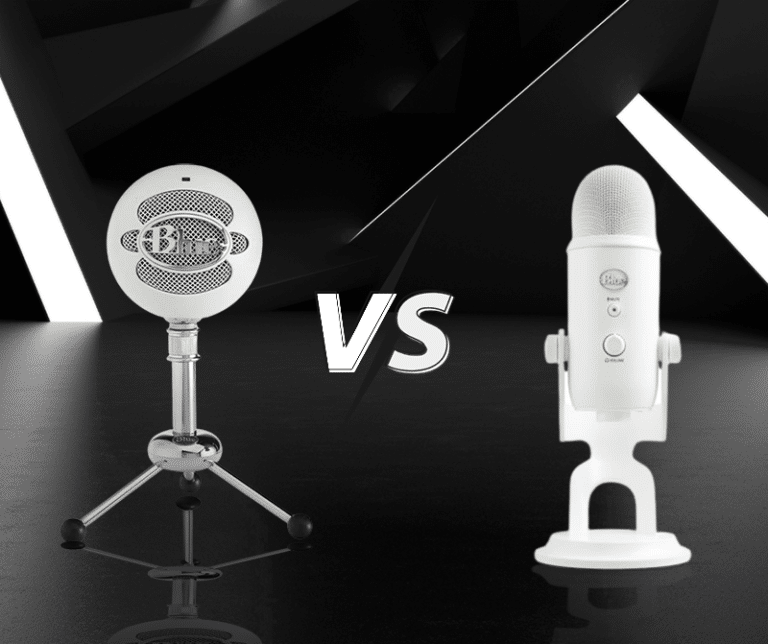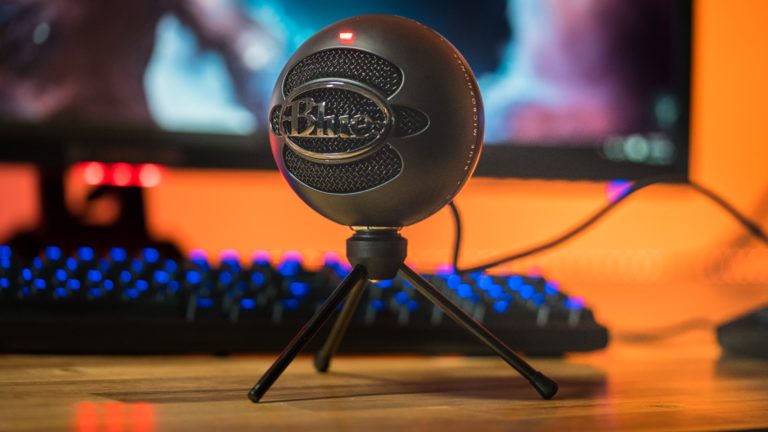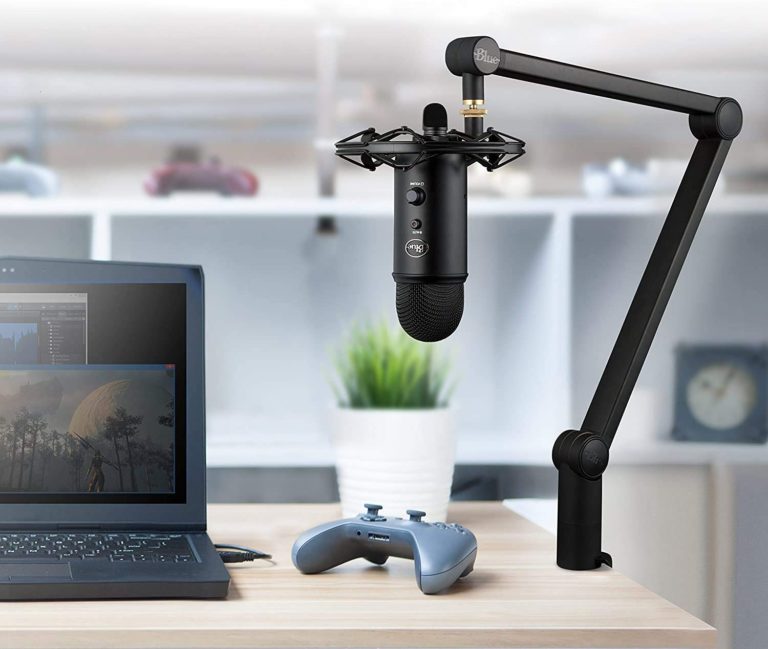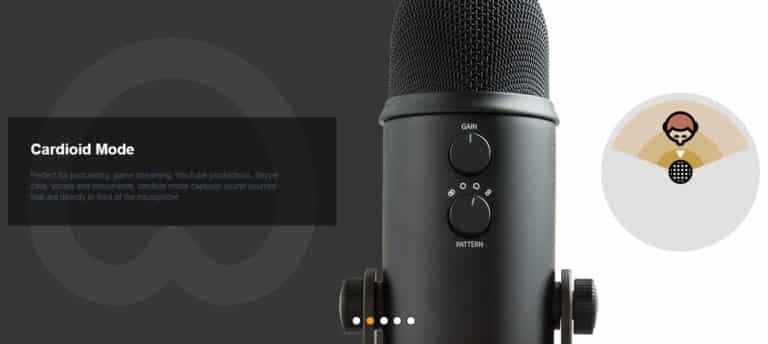Weighing the difference between Shure SM7b & Blue Yeti
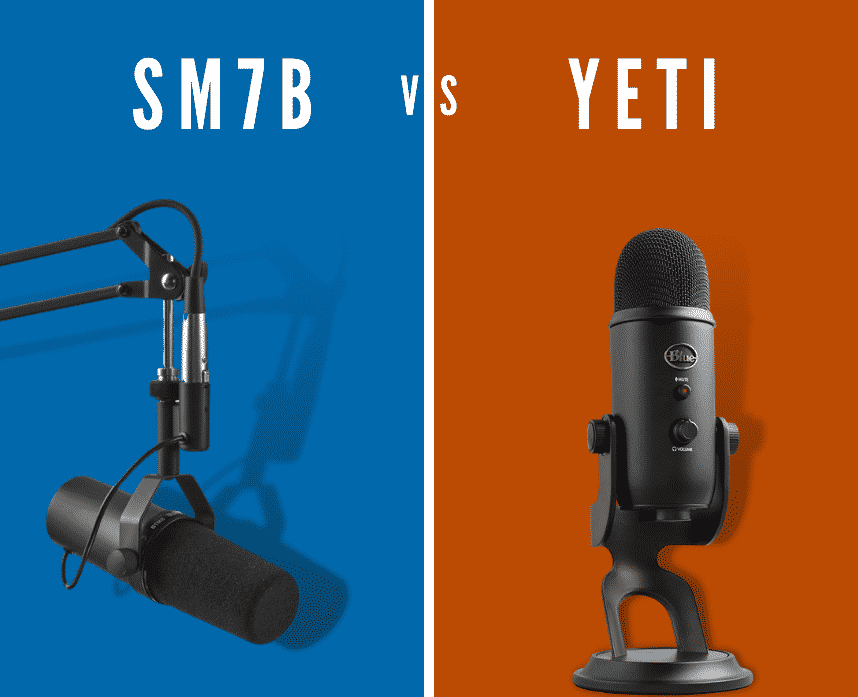
Should you need a microphone for your home recording studio, there are two microphones that have become very popular in recent years. The Shure SM7B and Blue Yeti offer different features but they both provide immense quality at an affordable price with plenty of flexibility to suit any requirement – whether it be via USB or traditional channels!
The Shure SM7B is a more traditional and professional microphone, meaning it will require an amplifier or pre-amplifier system to use. Blue’s Yeti microphone on the other hand is more versatile as it’s powered by your computer – meaning you won’t need extra equipment!
Here’s how to find the best microphone for you.
First, think about what you want to use the mic for and what you need it to do.
The table below can help you choose the right microphone for your needs.
| I am a | Best pick for you |
|---|---|
| Singer | Shure SM7b |
| Podcaster | Blue Yeti |
| Professional Podcaster | Shure SM7b |
| Streamer | Blue Yeti |
| YouTuber | Blue Yeti |
| Ad Creator | Shure SM7b |
| Voice actor | Shure SM7b |
| Gamer | Blue Yeti |
| Musician | Shure SM7b |
We’re going to look at some situations and define which microphone would be the best fit for them. We will be looking at some of the technical specifications of each device and how they can be used to help you decide.
If you are looking for your first microphone, and are using it for making music, streaming, podcasting, or video calls, or if you are experienced in voice recordings and are looking for a device to take your sound to the next level, you will find the answer here.
There are also some subtle differences when looking at these situations where one would be better suited than the other. These include recording music by taking the sound of an entire room as compared to recording vocals individually in a quiet space.
A microphone for conversing with co-workers or friends on zoom will not necessarily be the right microphone to use if you are live streaming or presenting in a professional setting, and we will break down these situations as well.
Here is a closer look at some of the features of these microphones.
Table of Contents
Microphone Pattern
The Shure SM7B is a dynamic microphone, which is designed to record voice. It has a tight, cardioid-shaped polarity pattern, making it ideal for picking up the sound of the person speaking into it, without picking up much else. This is the main reason that this device is so popular with broadcasters.
The Blue Yeti is a condenser microphone, which is designed for versatility. It has adjustable polarity patterns, allowing it to operate as a cardioid, bi-directional, omnidirectional, and stereo. This versatility is a welcome addition to the product, however, no single function offers the same quality of performance as the Shure SM7B.
Winner: Shure SM7B
Design
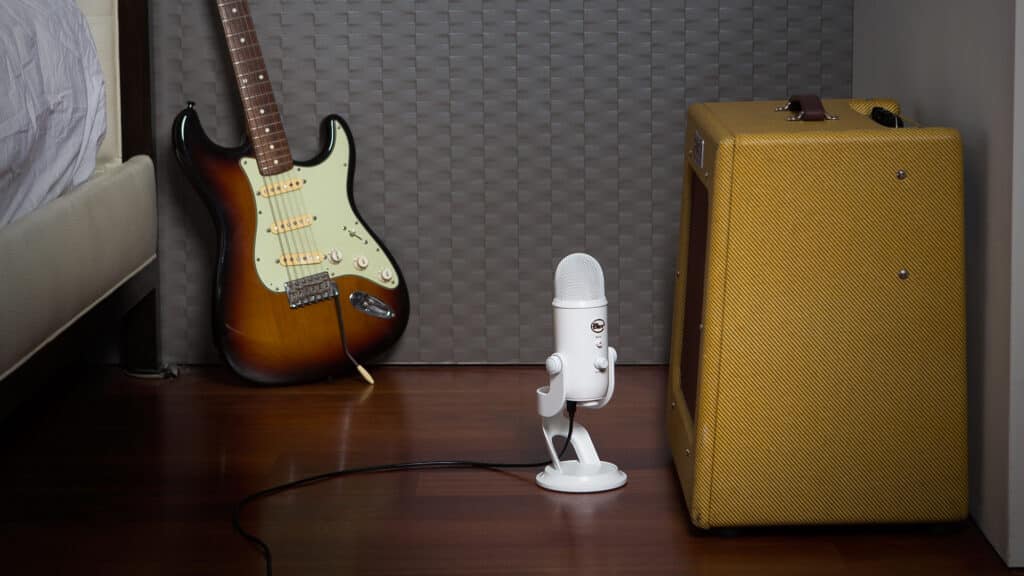
Much like the mythical creature that it is named after, the Blue Yeti is a massive microphone. Its solid design is quite heavy and attached to its built-in base, it is rather sturdy. There is a threaded input in the bottom which allows the microphone to be mounted to a stand. It offers both a USB output and an XLR output, offering a great amount of versatility to users.
It also has a headphone input for real-time monitoring of your recordings. While stable, the Blue Yeti’s base is limiting with regards to the range of motion, and its built-in metal screen and distinct shape offer very little in the way of protection from plosive consonants or mouth noises.
The Shure SM7B is also an incredibly solid and well-built device. The microphone is built into a solid metal encasement, which makes it feel solid. It comes with a mounting device, and the XLR input is conveniently located near the mount, offering a clean and neat look when in use.
The Shure SM7B also has a tone adjustment button on the bottom, offering a flat tone, high-pass (low-cut), and mid-range boost. Its range has a sensitivity of -59db, meaning it requires a preamp with at least 60db of gain.
The Winner: Tie.
Technical Specifications
The Blue Yeti has a wide range of polar patterns, which makes it an incredibly versatile product. To make these functions work well, the microphone offers a wide range of frequency responses from 20 Hz to 20 kHz.
This is both a positive and a negative as it will pick up just about everything. It’s great when there is a lot of ambient noise in a recording session, but it is an impedance when it picks up your computer’s sound or a fan in the room you’re recording in.
The Shure SM7B is a much more focused microphone. Its dynamic cardioid pattern is built to pick up the voice and only the voice of the user. Its frequency response is narrower than the Blue Yeti, at 50 Hz to 20 kHz.
As it is only designed to pick up sound from one direction, it greatly reduces the option to capture ambient noise, and with the narrower frequency range, that will not happen.
The Winner: Shure SM7B
The Winner
The end result is that both the Shure SM7B & The Blue Yeti are excellent products. Based on its versatility, ease of use, and price the winner is The Blue Yeti. Based on the recorded product’s technical power and overall quality, the winner is the Shure SM7B.
Best For Podcasting
If your podcast simply consists of 1-2 people sharing their opinions about something, the Blue Yeti is perfect. It’s easy and versatile enough to be able to perform the job. If you’re setting up a professional studio, The Shure SM7B is going to give your voice a better showing.
Logan Paul, Joe Rogan, Rich Roll, and Russell Brand, all use the Shure SM7B.

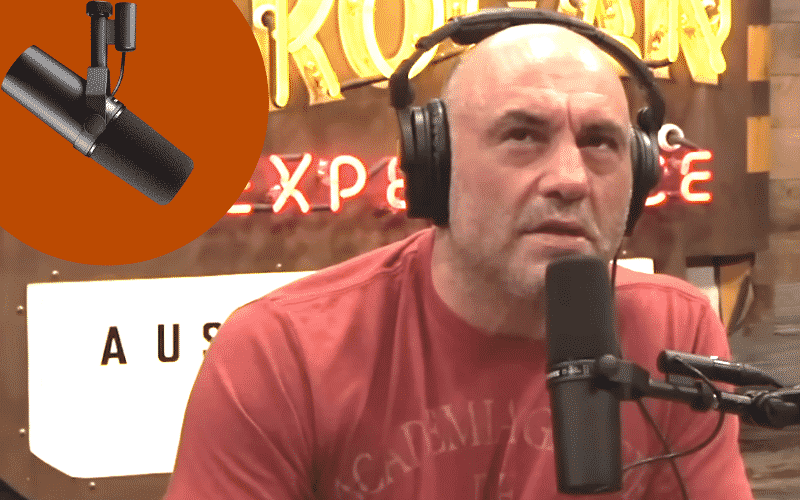
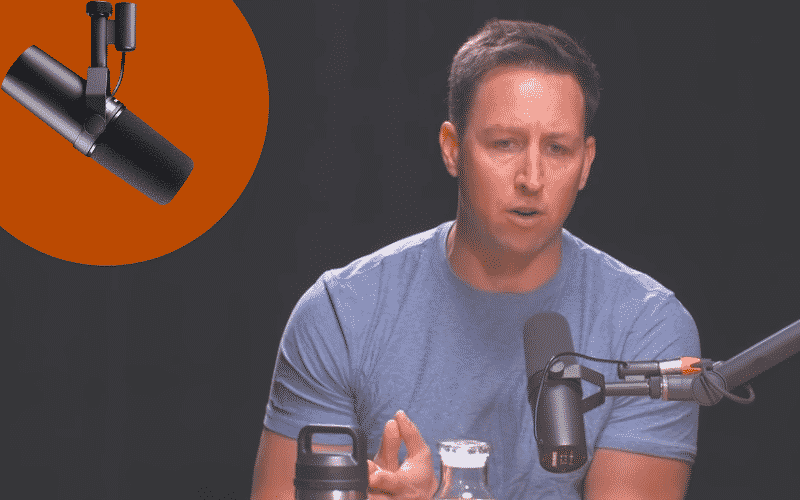
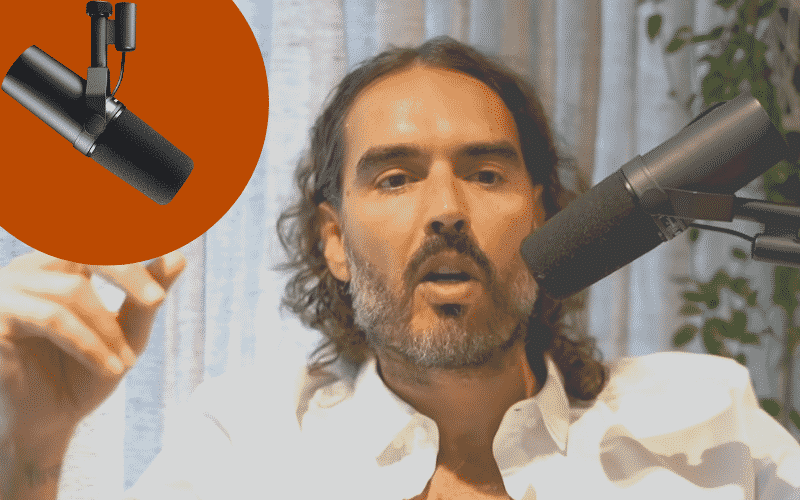
Best For Livestreaming
With its plug & play accessibility with any computing system, the Blue Yeti is the easiest and best mic to use for live streaming.
Best For Vocal Recording
With its advanced dynamic range and more focused cardioid pattern, The Shure SM7B is the best microphone for recording vocal performances.

